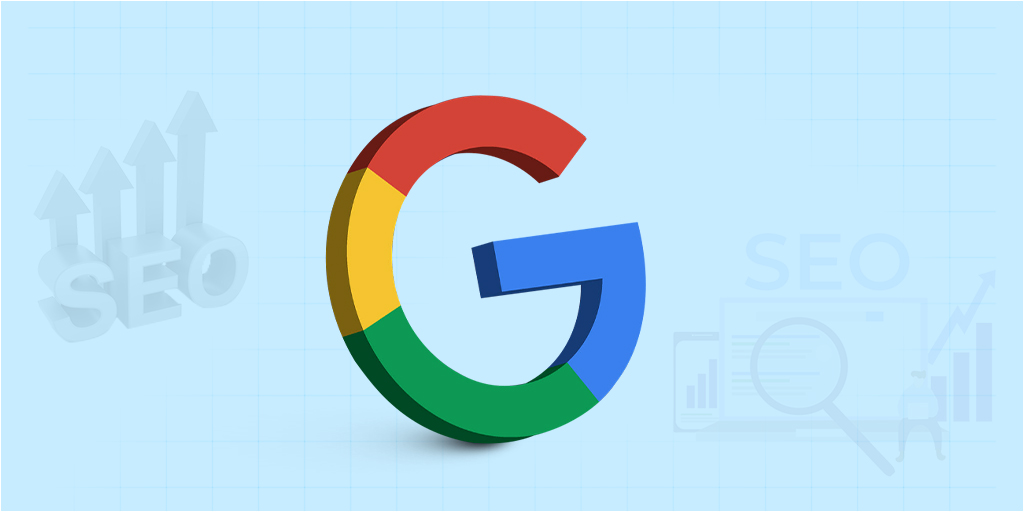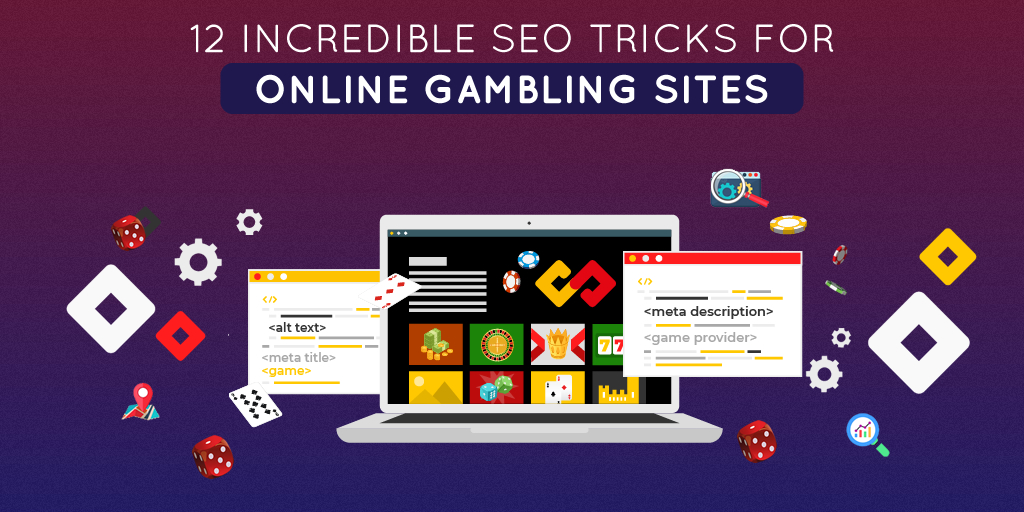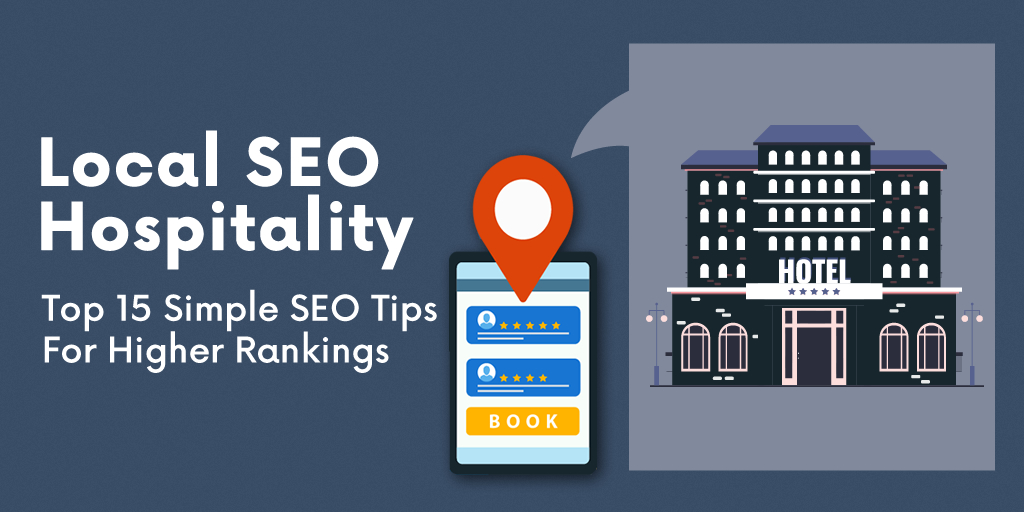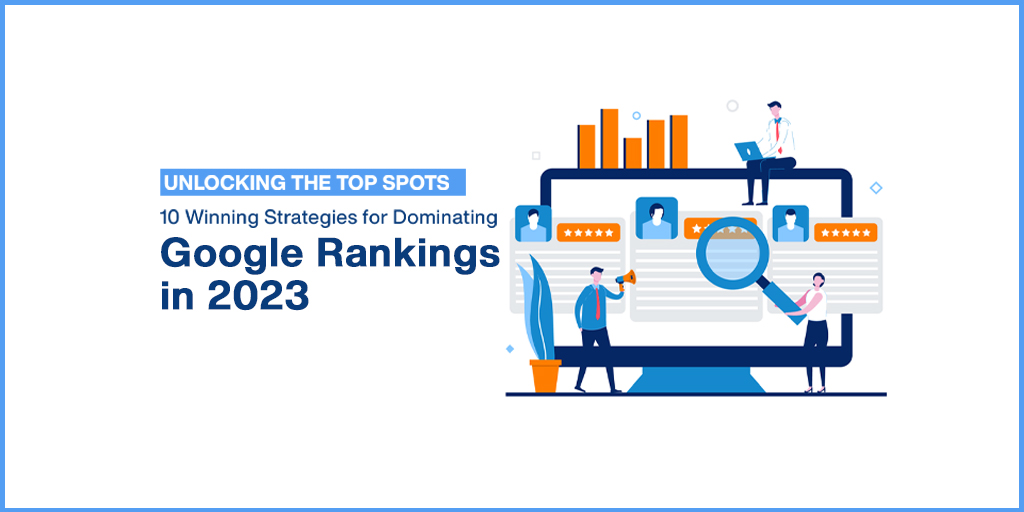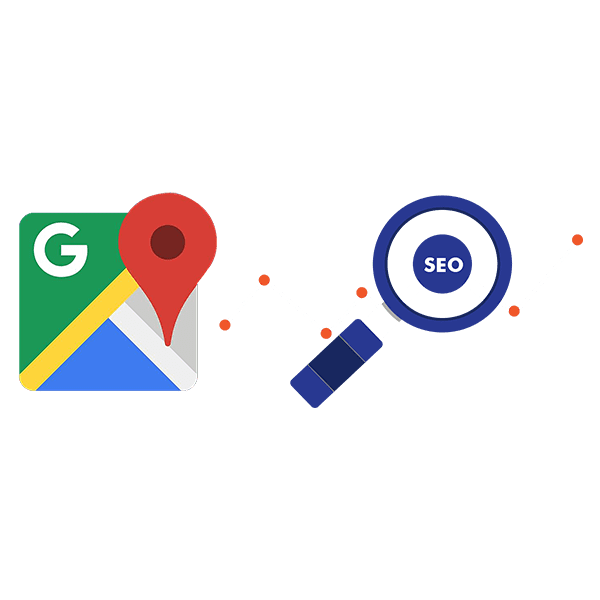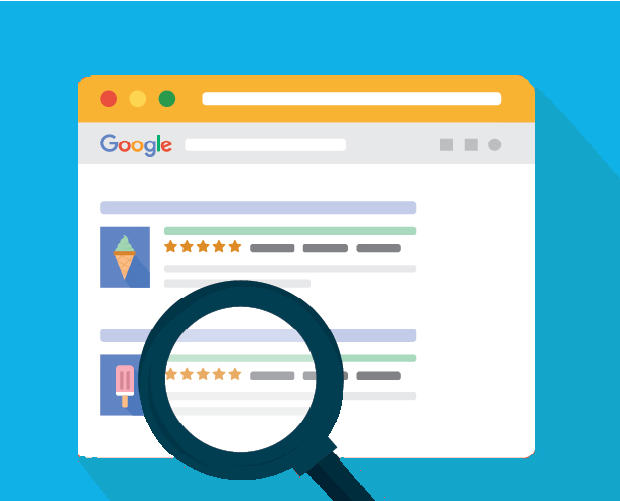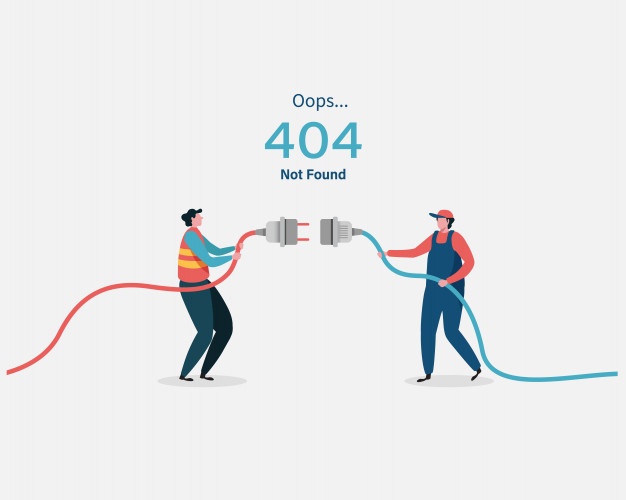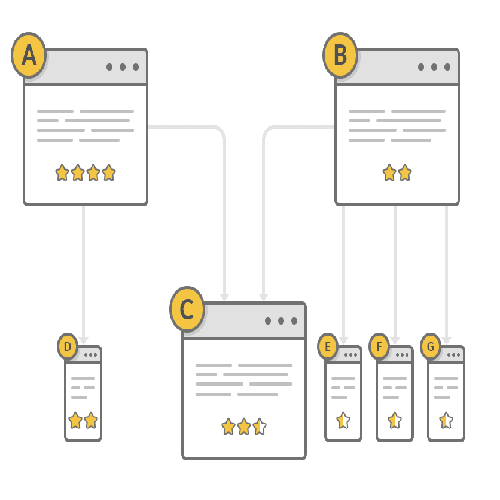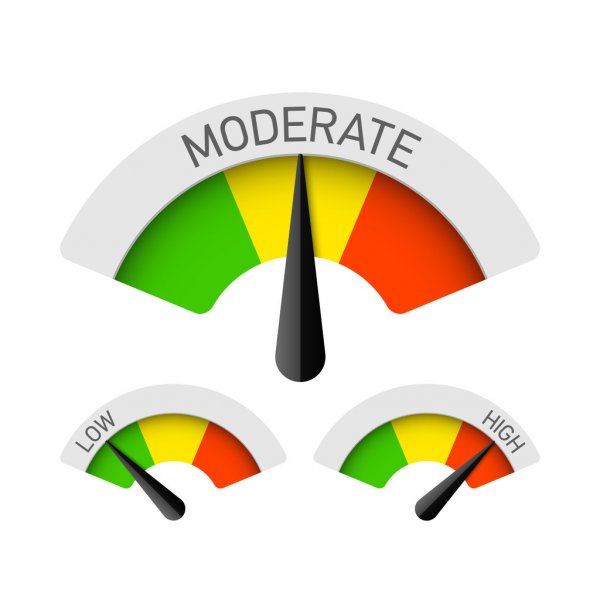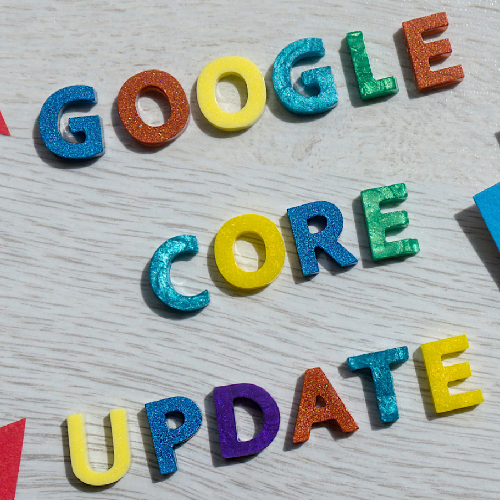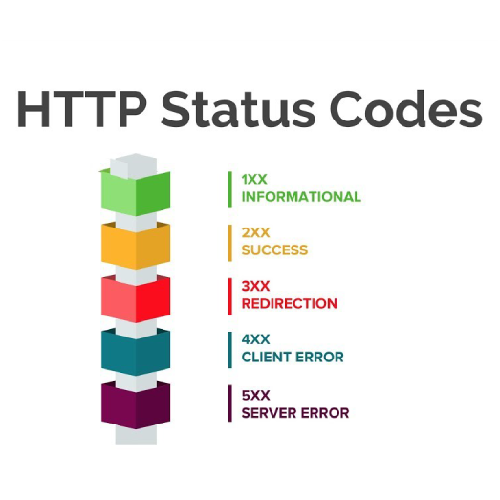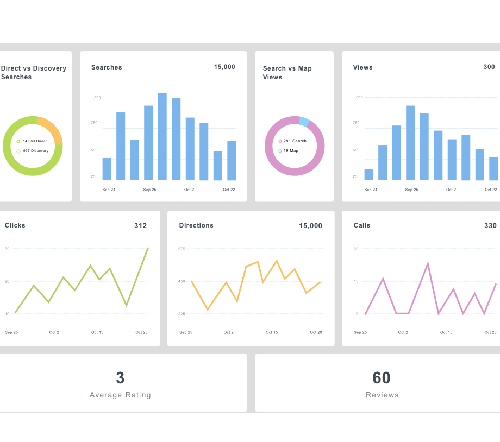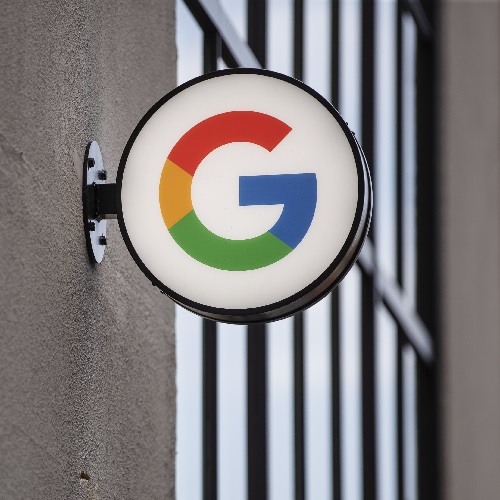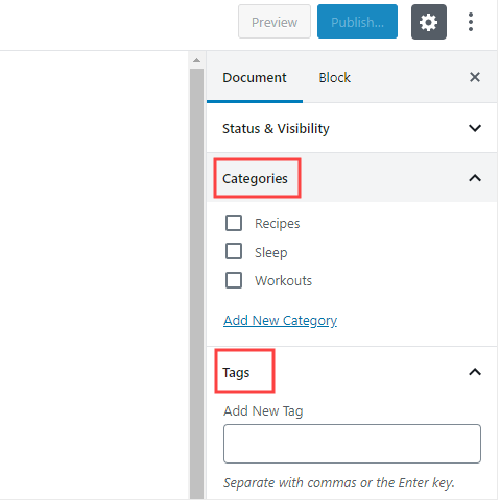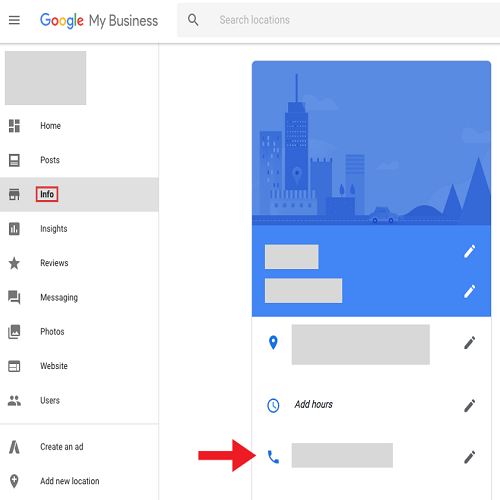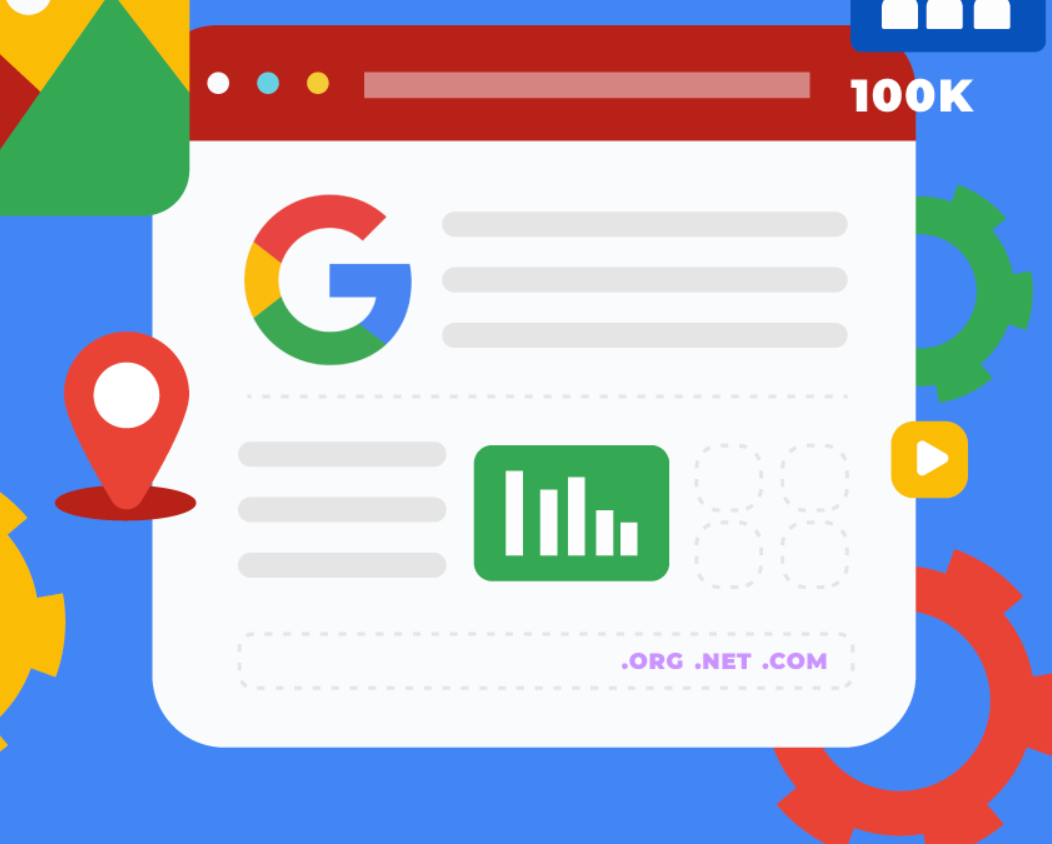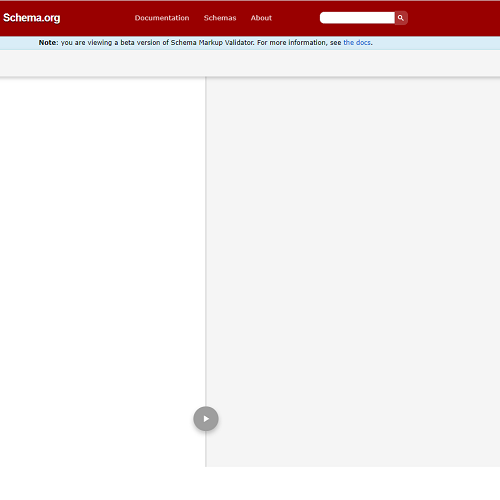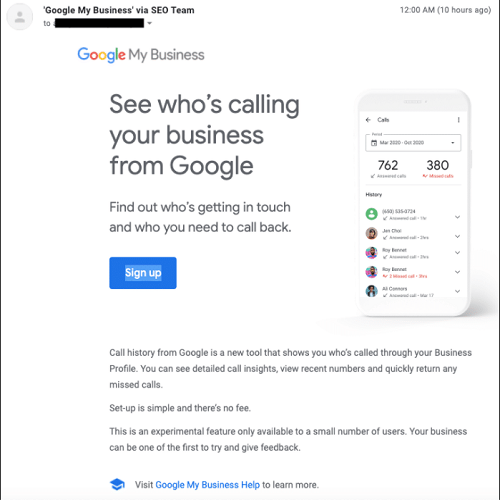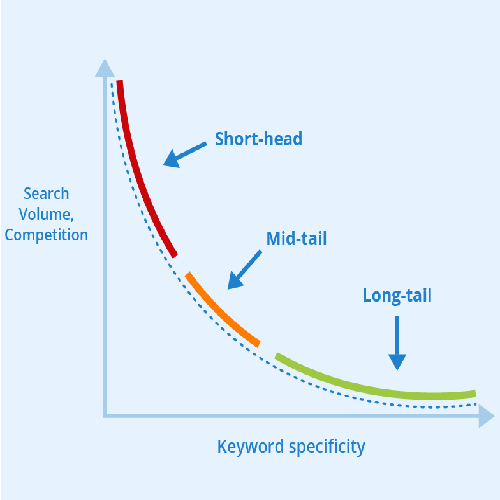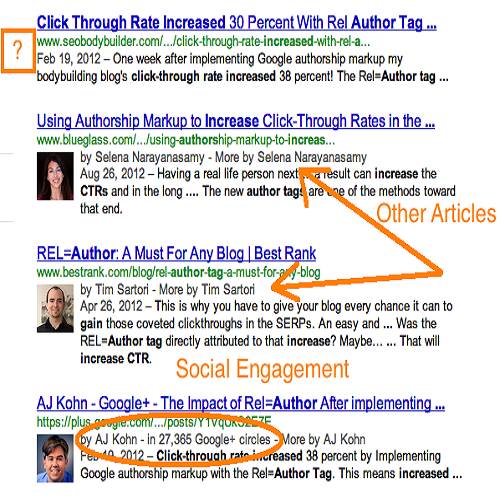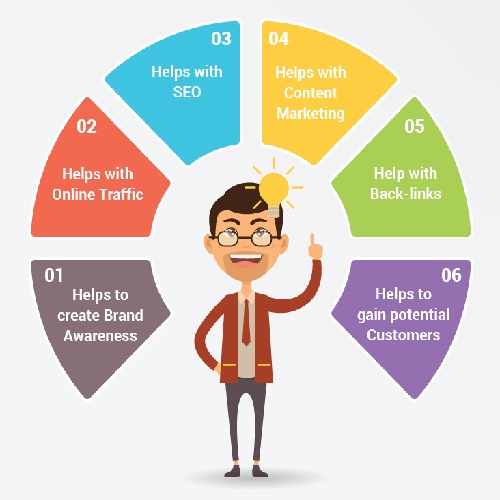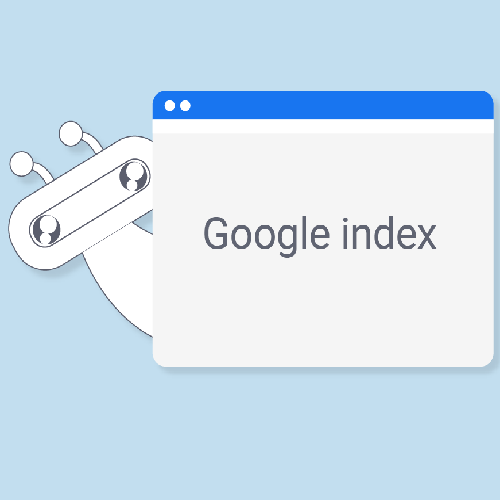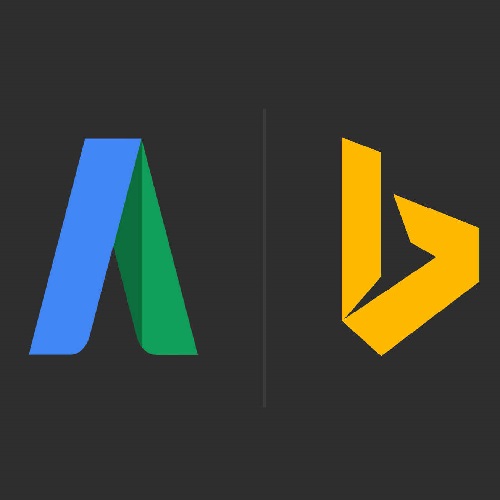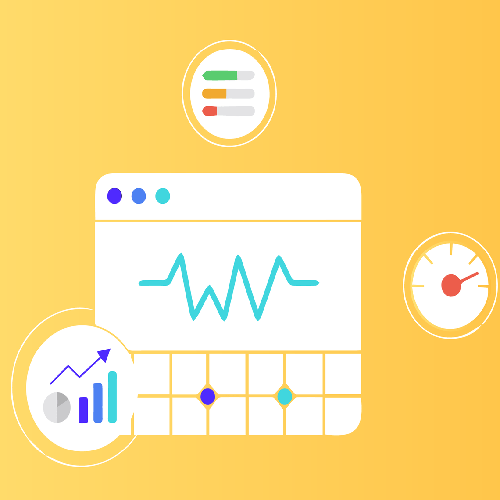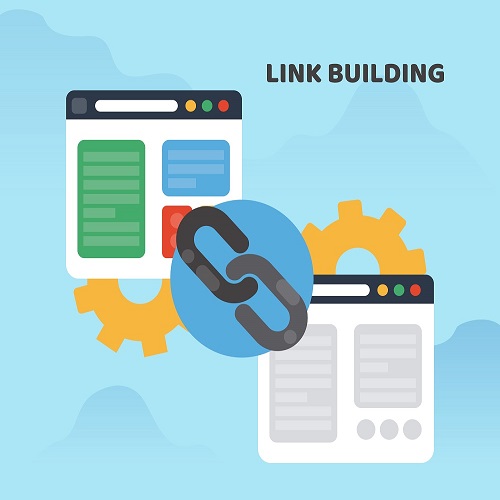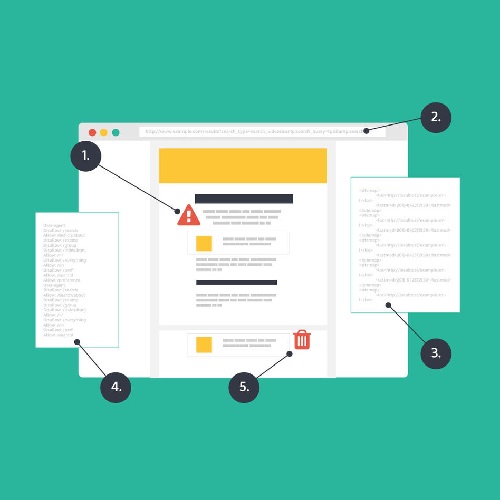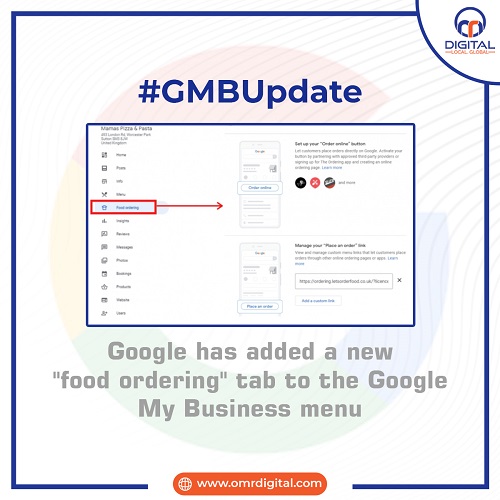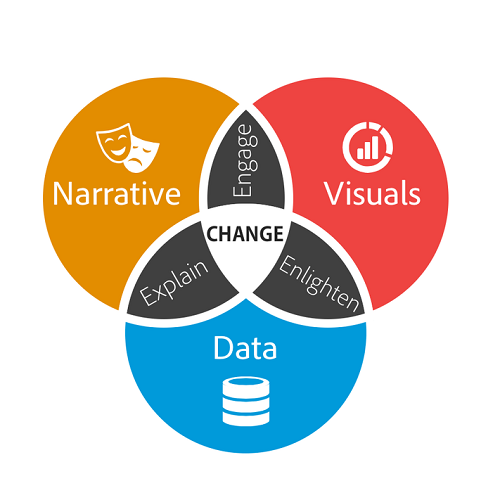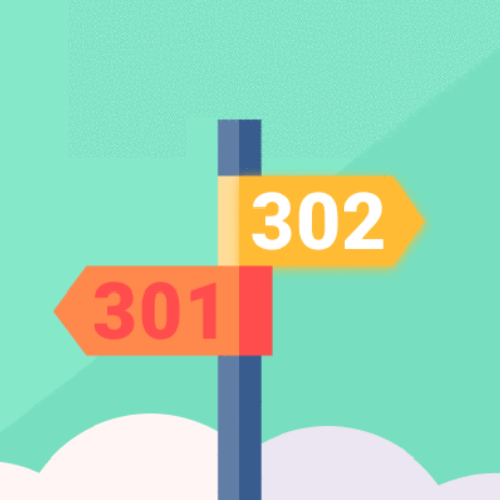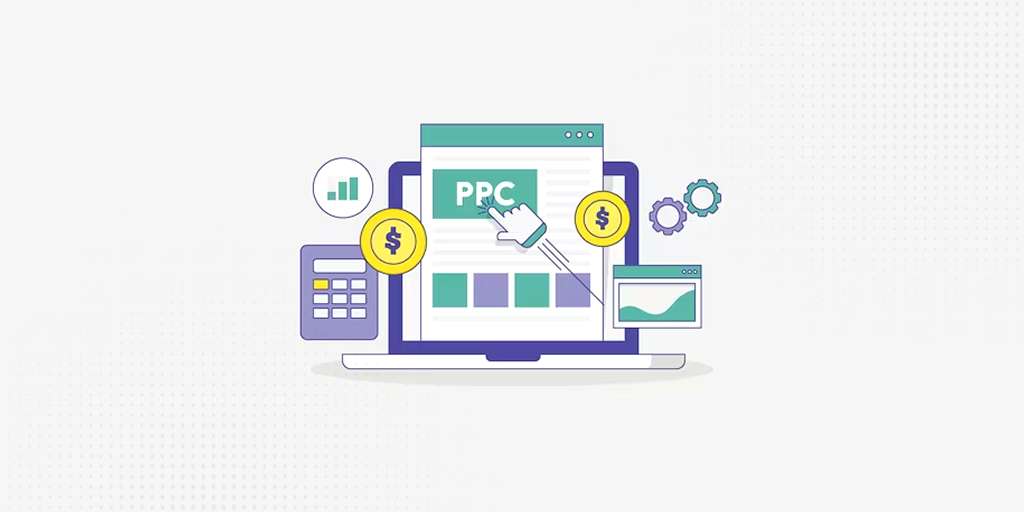
Contact Us
Related Posts
Category
In the fast-paced world of digital marketing, staying on top of the latest search engine algorithms is crucial for achieving and maintaining success. As the dominant search engine, Google wields immense power over website rankings. To help you navigate this ever-evolving landscape, we present the ultimate guide: “Thrive in Success with Google’s All-in-One Algorithm Cheat Sheet.”
What is the Google Algorithm?
The Google Algorithm is a complex and ever-evolving system that determines the order in which websites appear on search engine results pages (SERPs). Google employs a range of ranking factors to ensure users receive the most relevant and high-quality search results.
But it is not easy, as we have described, since the ranking is based on complex series of factors that changes frequently, makes challenging to get Google’s algorithm right.
Key Google Algorithm Ranking Factors in 2023
In 2023, several key ranking factors continue to shape Google’s algorithm:
1. Page Speed
Page speed directly influences user experience. A faster-loading website not only retains visitors but also positively impacts rankings.However, increasing page speed for Google’s algorithm is about more than just loading pages milliseconds quicker than the competitors. Instead, it is about upholding an essential quality and offering a fantastic user experience to visitors.
2. Content Relevance
Producing relevant content to your goal keyword and producing high-quality content on your website is essential for keeping Google’s algorithm happy. High-quality, relevant content remains at the core of Google’s algorithm. Valuable, well-structured content that answers users’ queries is favored.
3. HTTPS Status
Your HTTPS (Hypertext Transfer Protocol Secure) status indicates your site’s security.Website security is paramount. Google prioritizes websites with a secure HTTPS connection, which helps build users’ trust and improves rankings.
4. Link Quality
High-quality backlinks from authoritative sources signal your website’s credibility and authority to Google’s algorithm.It looks good on you and looks terrific in Google’s eyes when you link to other reliable, pertinent pages.
5. Website Design
User-friendly and mobile-responsive designs enhance user experience, contributing to higher rankings.When a website has poor web design, it can be difficult for visitors to find their way around, and if doing so is too difficult, they may give up entirely and stop using it. Your website’s rankings will suffer if Google notices visitors are leaving the site rapidly due to poor design.
6. User Engagement
Engaging user experiences, low bounce rates, and longer dwell times indicate the relevance and value of your content.Higher bounce rates mean lousy web design or low-quality content. Regardless of the cause, high bounce rates reduce user engagement and rankings.
Important Google Algorithm Updates
Over the years, Google has rolled out several significant algorithm updates that have reshaped the digital landscape. Some of the most notable updates include:
1. Google Panda
Introduced in 2011, Panda penalizes websites with low-quality or duplicate content, emphasizing the importance of unique, valuable content.This covers content farms, websites with a high ad-to-content ratio, and other problems with quality. Nearly 12% of all search results were impacted by this Google algorithm change, which resulted in significant ranking drops for some businesses and gains for others.
2. Google Penguin
Launched in 2012, Penguin targets websites using manipulative link-building techniques. It encourages natural and quality link-building practices.The algorithm change prompted websites to produce top-notch websites and content that enhanced user experiences.
3. Google Hummingbird
Hummingbird, introduced in 2013, focuses on understanding the context and intent behind user queries, enabling more accurate search results.The goal of Google Hummingbird was to close the gap between the content types users were looking for and the keywords they used in their search searches.
4. Google RankBrain
RankBrain, a machine-learning component of the algorithm introduced in 2015, helps Google better interpret user queries and provide relevant results and was released as an extension to Google Hummingbird.
How often is there a Google Algorithm Update?
These above updates are based on following Google algorithms, but the changes are not limited to them. Google’s algorithm is constantly evolving, with minor updates occurring frequently. Major updates, on the other hand, can be expectedmany times a year. Staying informed about these changes is vital for maintaining your website’s rankings.
How to Track Google Algorithm Updates
Here are some strategies to stay updated on Google algorithm changes:
1. Monitor Your Web Analytics
Regularly analyzing your website’s performance metrics can reveal sudden shifts that might be attributed to algorithm updates.
2. Use an Algorithm Tracker
Tools like Moz, SEMrush, and Ahrefs provide insights into algorithm changes and their potential impacts.
3. Use Social Media
Follow reputable digital marketing experts and Google’s official channels on social media to receive timely updates. You can follow Google Search Liaison on Twitter to get immediate updates on the change in algorithms as well as there are various SEO expert chat rooms that you can join.
4. Partner with an Agency
Collaborating with a digital marketing agency, such as OMR Digital, can provide you with expert guidance and insights to navigate algorithm updates effectively.
5 Tips for Mastering the Google Algorithm
To succeed in the ever-changing landscape of Google’s algorithm, consider these five tips:
1. Ensure Fast Page Speeds
Optimize your website’s loading times to provide a seamless user experience.
2. Create Quality Content
Prioritize valuable, relevant, and engaging content that addresses users’ needs.
3. Ensure Your HTTPS Status is Intact
Secure your website with HTTPS to enhance user trust and security.
4. Build a Strong Link Profile
Focus on earning high-quality backlinks from authoritative sources.
5. Build a Responsive Website
Design your website to be user-friendly and adaptable to different devices.
Bonus: Partner with an Outstanding Digital Marketing Agency
Succeeding in digital marketing requires a comprehensive understanding of Google’s algorithm. By following the strategies outlined in this cheat sheet, you can confidently navigate algorithm changes, ensuring your website remains visible and competitive in search engine rankings.
For those seeking professional guidance in mastering Google’s algorithm, OMR Digital is a digital marketing agency known for its expertise in staying ahead of algorithm updates and driving online success. You can connect with us today via email at info@omrdigital.com or via phone at +91-898-954-3589 to avail best SEO services for your website to rank higher.

In the fast-paced world of digital marketing, staying on top of the latest search engine algorithms is crucial for achieving and maintaining success. As the dominant search engine, Google wields immense power over website rankings. To help you navigate this ever-evolving landscape, we present the ultimate guide: “Thrive in Success with Google’s All-in-One Algorithm Cheat Sheet.”
What is the Google Algorithm?
The Google Algorithm is a complex and ever-evolving system that determines the order in which websites appear on search engine results pages (SERPs). Google employs a range of ranking factors to ensure users receive the most relevant and high-quality search results.
But it is not easy, as we have described, since the ranking is based on complex series of factors that changes frequently, makes challenging to get Google’s algorithm right.
Key Google Algorithm Ranking Factors in 2023
In 2023, several key ranking factors continue to shape Google’s algorithm:
1. Page Speed
Page speed directly influences user experience. A faster-loading website not only retains visitors but also positively impacts rankings.However, increasing page speed for Google’s algorithm is about more than just loading pages milliseconds quicker than the competitors. Instead, it is about upholding an essential quality and offering a fantastic user experience to visitors.
2. Content Relevance
Producing relevant content to your goal keyword and producing high-quality content on your website is essential for keeping Google’s algorithm happy. High-quality, relevant content remains at the core of Google’s algorithm. Valuable, well-structured content that answers users’ queries is favored.
3. HTTPS Status
Your HTTPS (Hypertext Transfer Protocol Secure) status indicates your site’s security.Website security is paramount. Google prioritizes websites with a secure HTTPS connection, which helps build users’ trust and improves rankings.
4. Link Quality
High-quality backlinks from authoritative sources signal your website’s credibility and authority to Google’s algorithm.It looks good on you and looks terrific in Google’s eyes when you link to other reliable, pertinent pages.
5. Website Design
User-friendly and mobile-responsive designs enhance user experience, contributing to higher rankings.When a website has poor web design, it can be difficult for visitors to find their way around, and if doing so is too difficult, they may give up entirely and stop using it. Your website’s rankings will suffer if Google notices visitors are leaving the site rapidly due to poor design.
6. User Engagement
Engaging user experiences, low bounce rates, and longer dwell times indicate the relevance and value of your content.Higher bounce rates mean lousy web design or low-quality content. Regardless of the cause, high bounce rates reduce user engagement and rankings.
Important Google Algorithm Updates
Over the years, Google has rolled out several significant algorithm updates that have reshaped the digital landscape. Some of the most notable updates include:
1. Google Panda
Introduced in 2011, Panda penalizes websites with low-quality or duplicate content, emphasizing the importance of unique, valuable content.This covers content farms, websites with a high ad-to-content ratio, and other problems with quality. Nearly 12% of all search results were impacted by this Google algorithm change, which resulted in significant ranking drops for some businesses and gains for others.
2. Google Penguin
Launched in 2012, Penguin targets websites using manipulative link-building techniques. It encourages natural and quality link-building practices.The algorithm change prompted websites to produce top-notch websites and content that enhanced user experiences.
3. Google Hummingbird
Hummingbird, introduced in 2013, focuses on understanding the context and intent behind user queries, enabling more accurate search results.The goal of Google Hummingbird was to close the gap between the content types users were looking for and the keywords they used in their search searches.
4. Google RankBrain
RankBrain, a machine-learning component of the algorithm introduced in 2015, helps Google better interpret user queries and provide relevant results and was released as an extension to Google Hummingbird.
How often is there a Google Algorithm Update?
These above updates are based on following Google algorithms, but the changes are not limited to them. Google’s algorithm is constantly evolving, with minor updates occurring frequently. Major updates, on the other hand, can be expectedmany times a year. Staying informed about these changes is vital for maintaining your website’s rankings.
How to Track Google Algorithm Updates
Here are some strategies to stay updated on Google algorithm changes:
1. Monitor Your Web Analytics
Regularly analyzing your website’s performance metrics can reveal sudden shifts that might be attributed to algorithm updates.
2. Use an Algorithm Tracker
Tools like Moz, SEMrush, and Ahrefs provide insights into algorithm changes and their potential impacts.
3. Use Social Media
Follow reputable digital marketing experts and Google’s official channels on social media to receive timely updates. You can follow Google Search Liaison on Twitter to get immediate updates on the change in algorithms as well as there are various SEO expert chat rooms that you can join.
4. Partner with an Agency
Collaborating with a digital marketing agency, such as OMR Digital, can provide you with expert guidance and insights to navigate algorithm updates effectively.
5 Tips for Mastering the Google Algorithm
To succeed in the ever-changing landscape of Google’s algorithm, consider these five tips:
1. Ensure Fast Page Speeds
Optimize your website’s loading times to provide a seamless user experience.
2. Create Quality Content
Prioritize valuable, relevant, and engaging content that addresses users’ needs.
3. Ensure Your HTTPS Status is Intact
Secure your website with HTTPS to enhance user trust and security.
4. Build a Strong Link Profile
Focus on earning high-quality backlinks from authoritative sources.
5. Build a Responsive Website
Design your website to be user-friendly and adaptable to different devices.
Bonus: Partner with an Outstanding Digital Marketing Agency
Succeeding in digital marketing requires a comprehensive understanding of Google’s algorithm. By following the strategies outlined in this cheat sheet, you can confidently navigate algorithm changes, ensuring your website remains visible and competitive in search engine rankings.
For those seeking professional guidance in mastering Google’s algorithm, OMR Digital is a digital marketing agency known for its expertise in staying ahead of algorithm updates and driving online success. You can connect with us today via email at info@omrdigital.com or via phone at +91-898-954-3589 to avail best SEO services for your website to rank higher.






